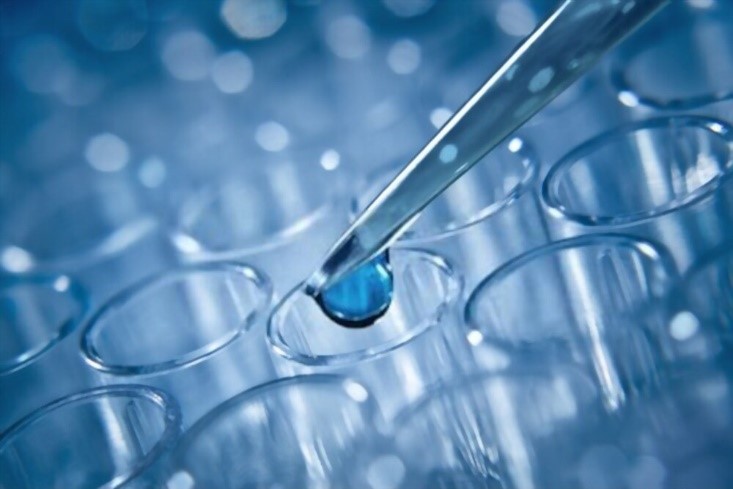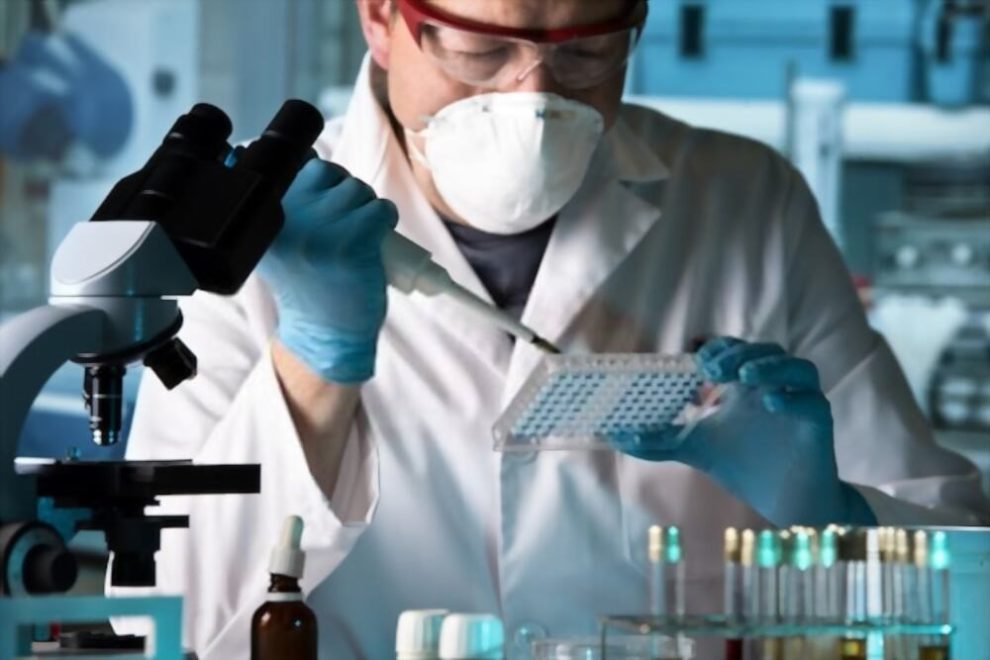Know More About The ELISA : Troubleshooting Guide
The enzyme-linked immunosorbent assay, popularly called ELISA, is a biochemistry assay or test that is used to detect antigens and measure antibodies, proteins, and glycoproteins in biological samples. ELISA uses a solid-phase enzyme immunoassay (EIA) to detect if a ligand such as protein is present in a sample and if they are related to certain conditions. Proteins produced by the body in response to antigens are called antibodies.
ELISA is useful in medical diagnosis, biotechnology, plant pathology, and as a type of quality control in different industries. Examples of its uses include the diagnosis of:
• HIV infection.
• Rotavirus
• Pregnancy tests.
• Syphilis.
• Varicella-zoster virus
• Measurement of cytokines.
• Lyme diseases.
• Rocky Mountain spotted fever.
• Zika virus.
• Serum or soluble receptors in cell supernatant, etc.
ELISA assays are typically carried out in 96 well plates which allows multiples samples to be worked on in a single experiment. The plates must be absorbent like NUNC immuno plates. This ensures that the antigen or antibody sticks to the surface.
Antigens from a sample are attached to a surface and a matching antibody is applied to the surface to bind to the antigens. The antibody is bound to an enzyme and any unbound ones are removed. After this, a substance that carries the enzyme’s substrate is added. If binding occurs, the reaction will produce visible signals which are mostly a color change that will be indicative of the amount of antigen in the sample.
Every ELISA checks for a specific antigen and involves at least an antibody. Kits are available for a wide range of antigens. You can learn more about it here.
Troubleshooting an ELISA

In performing an ELISA, there is always the possibility that issues such as low or high signals and other mistakes can come up. The good news is that there are ways to troubleshoot and remove these problems so that your assay is optimized for improved results.
See below some common areas where you can encounter problems and what can be done about it.
No or Weak Signal
Not seeing any signal or low signals can be due to many factors which can include:
• The absence of a reagent.
• Wrong, incomplete or incorrectly prepared substrates.
• A substrate that is weak, not active, or is inadequate.
• Incorrect assay temperature, poor protein to surface binding, etc.
To resolve this, there is a need to:
• Confirm that reagents are added in the proper order,
• Test the conjugate for activity,
• Use recommended incubation to bring substrates to room temperature before it is used, etc.
When checking the signal to noise ratios, you should understand procedures you can use to increase its sensitivity. There are reagents that are specifically designed to increase the ratio of signal to noise by helping reduce background noise while at the same time maintaining or increasing the signal.
High Signal
Too much signal can be as a result of:
• Insufficient washing
• Incorrect dilutions
• Incubation times that are different normal.
• Contamination of the glassware
• Substrate incubation that may have been carried out in the light
• Dirty plates
• Re-use of plate sealers and reagent reservoirs which can result in the presence of residual HRP.
Other reasons can be that:
• Precipitation is formed upon addition of substrate
• There is a concentration of salt in incubation or wash buffers
To avoid high signals in assays, you need to:
• Use appropriate procedures for washing and ensuring that the plate is inverted so it completely drains.
• Assay plates should be covered every time with fresh sealers to prevent wells from contaminating each other.
• Check the pipetting technique to be sure you are getting it right. You can find ways to stop pipetting errors here: https://bitesizebio.com/344/17-ways-to-stop-pipetting-errors-ruining-your-experiments/.
• Use fresh TMB substrate solution ensuring that it is colorless before it is added to wells
• Use a clean V bottom container before pipetting.
• Clean the bottom of the plate
• Ensure substrate incubation is done in the dark.
High Variation
High variation can affect the results of your assay and cause inconsistencies. This can be as a result of:
• Mistakes in preparation of samples
• Pipetting errors and inconsistences
• Insufficient plate agitation
To address this, considerations should first be made to determine the optimal captured protein coating concentration and also on its stability. Reducing plate variations such as incubation times, consistent temperature of the assay, and shaker speed should be considered. Also, assay diluents can be used to address the issue of high variations.
Out of Range
This can be as a result of the samples’ incorrect dilution preparation or insufficient washing which may lead to data loss. To troubleshoot this, steps to take include:
• Using high sample volume
• Further dilution
• Using appropriate washing procedures
• Checking pipping technique
• Using the substrate immediately it is mixed.
Other kinds of issues that can affect the results of assays leading to a need for ELISA troubleshooting include:
• High background
• Poor standard curve
• Poor replicate data,
• Edge effects, etc.
Conclusion
Getting the correct results when an ELISA is performed is crucial as it is needed for making decisions that can affect a patient’s health. If you are having trouble getting correct results, there are recommended ways and tools to troubleshoot these and ultimately help patients live healthy lives.
































